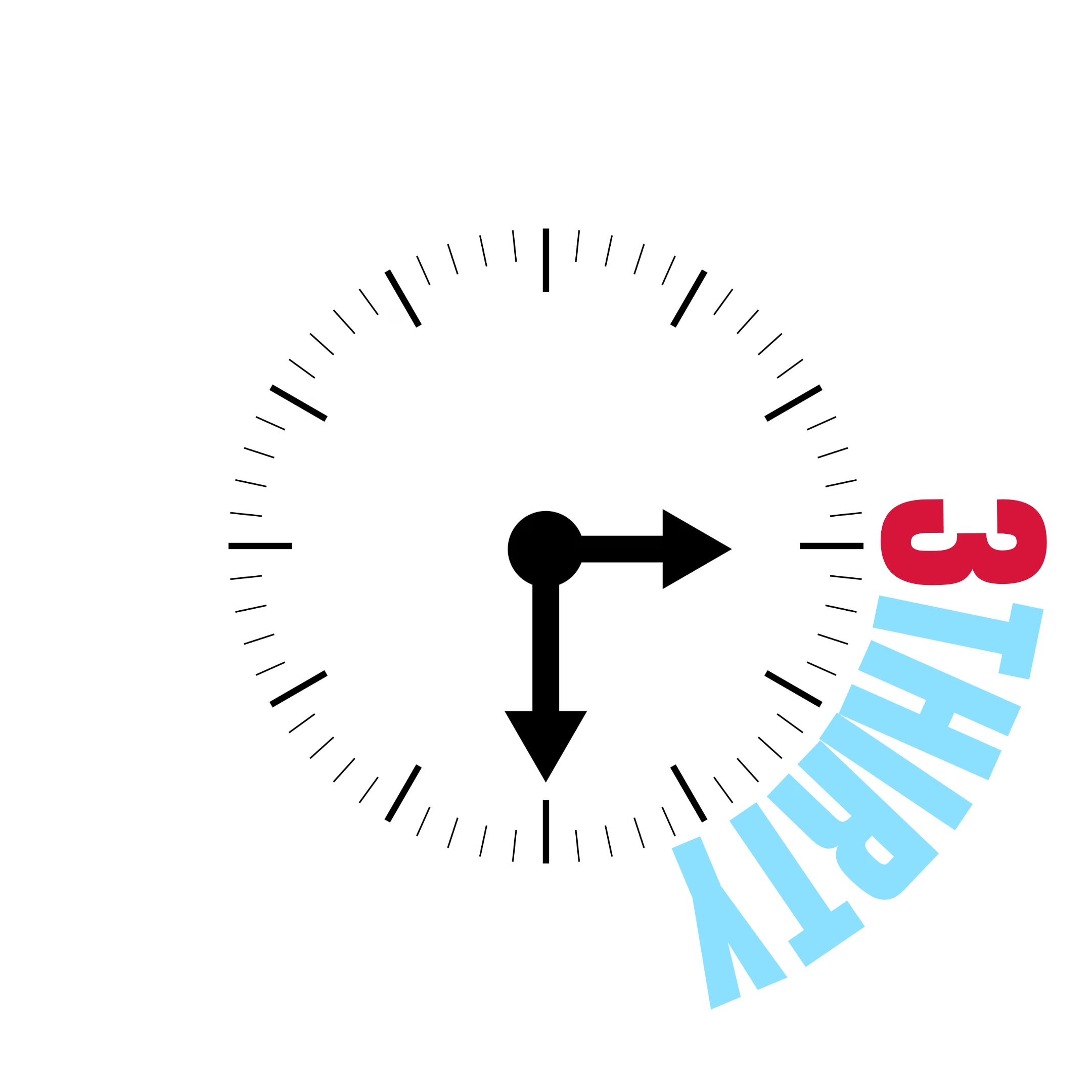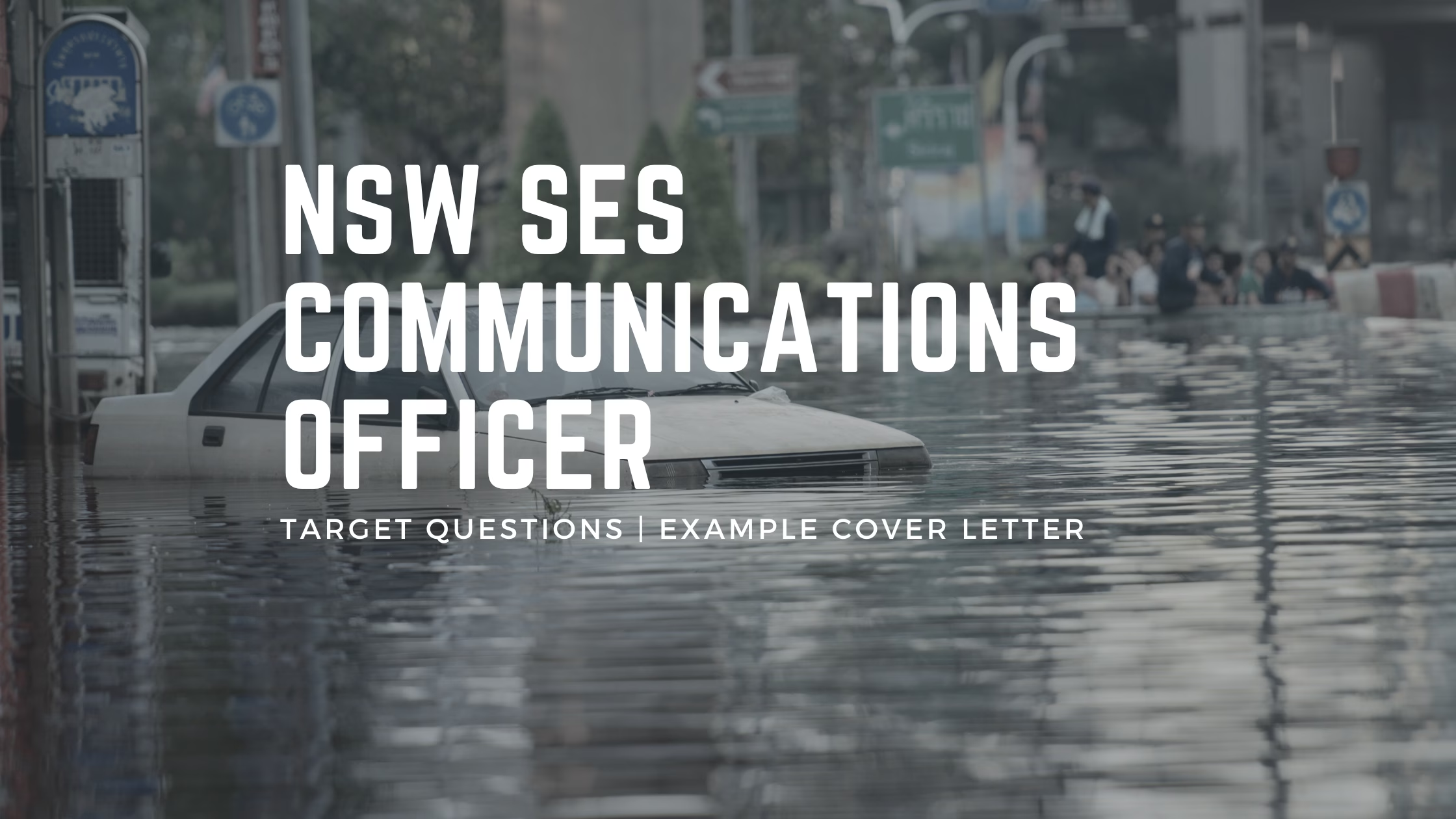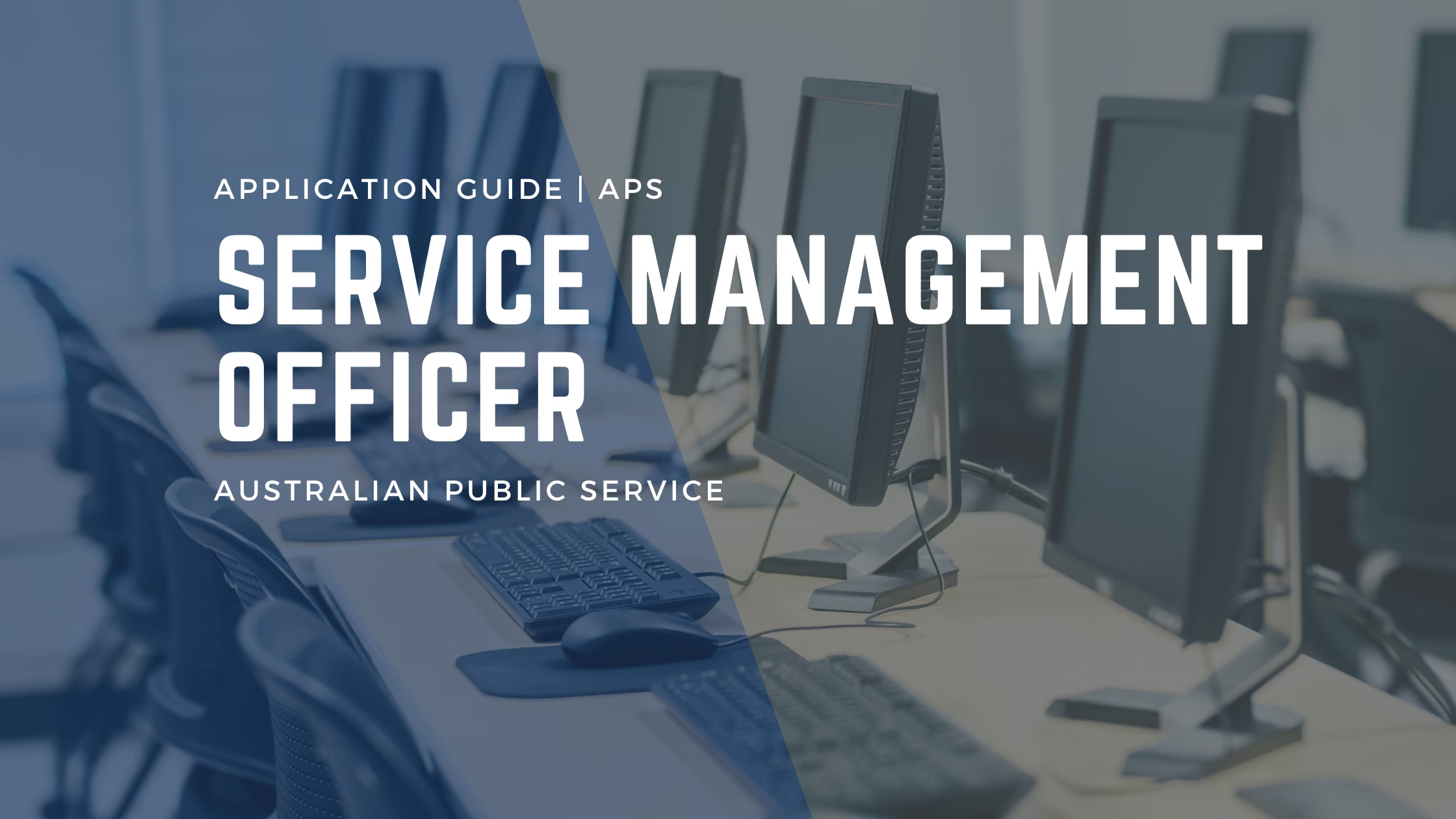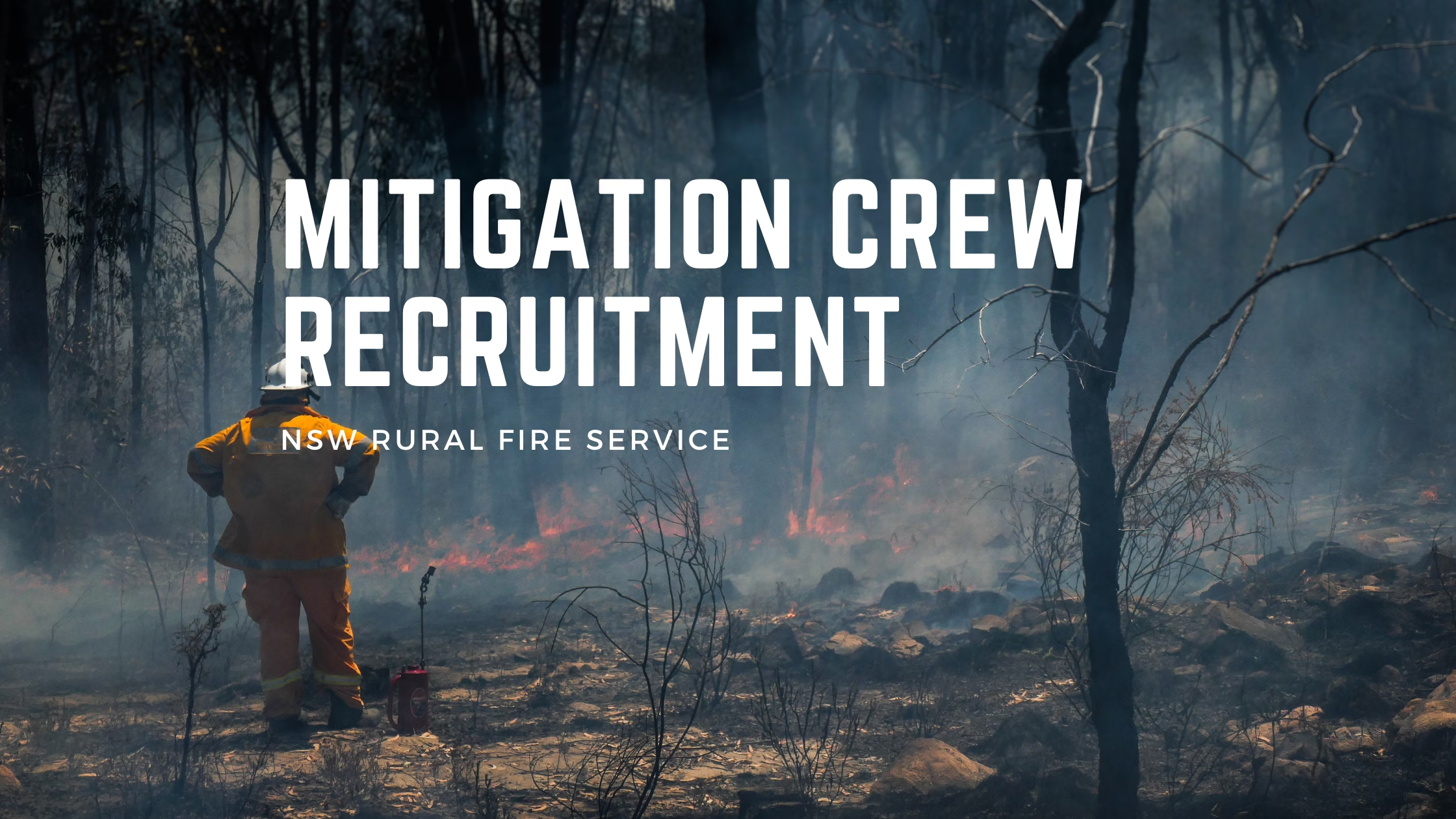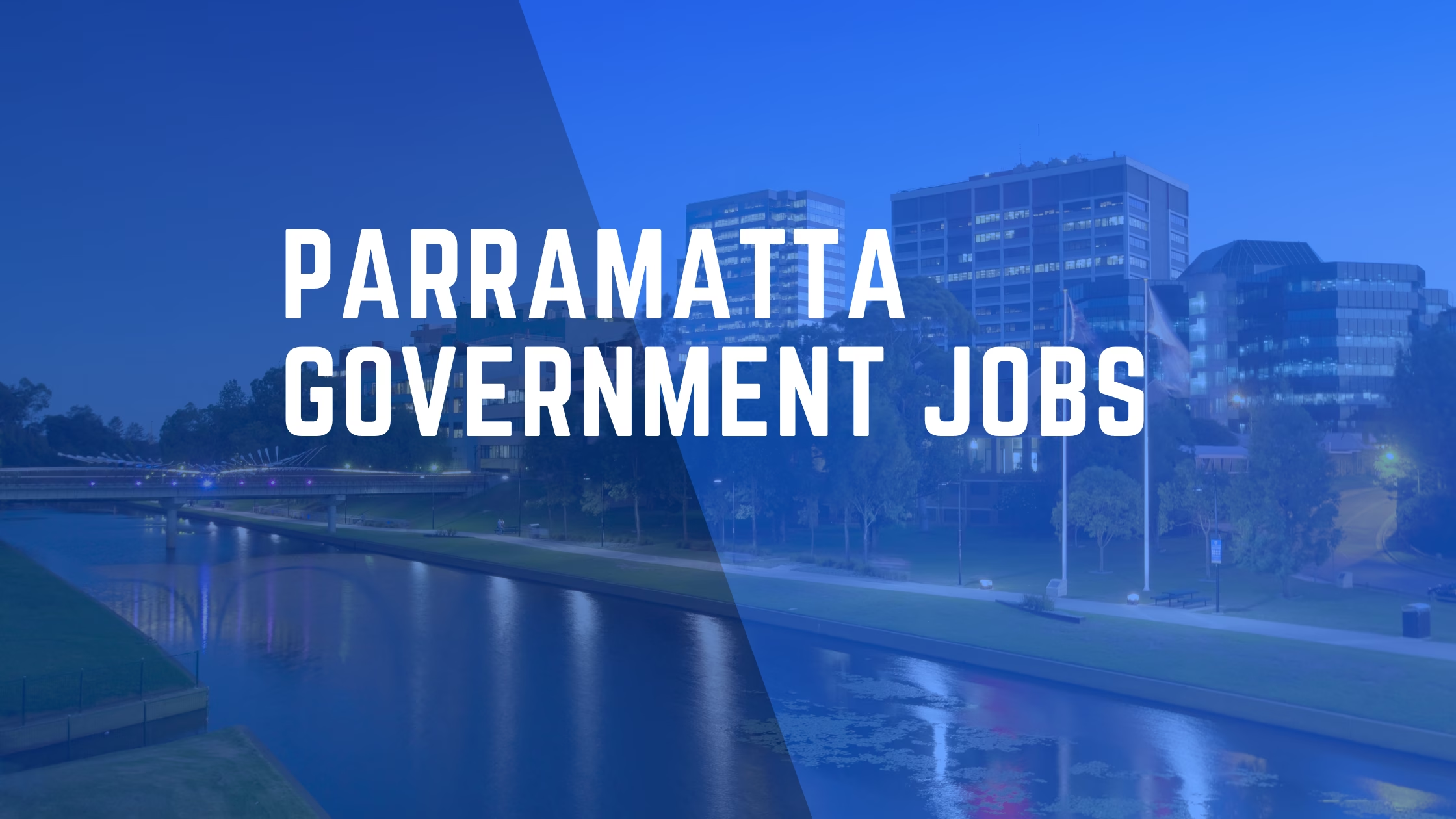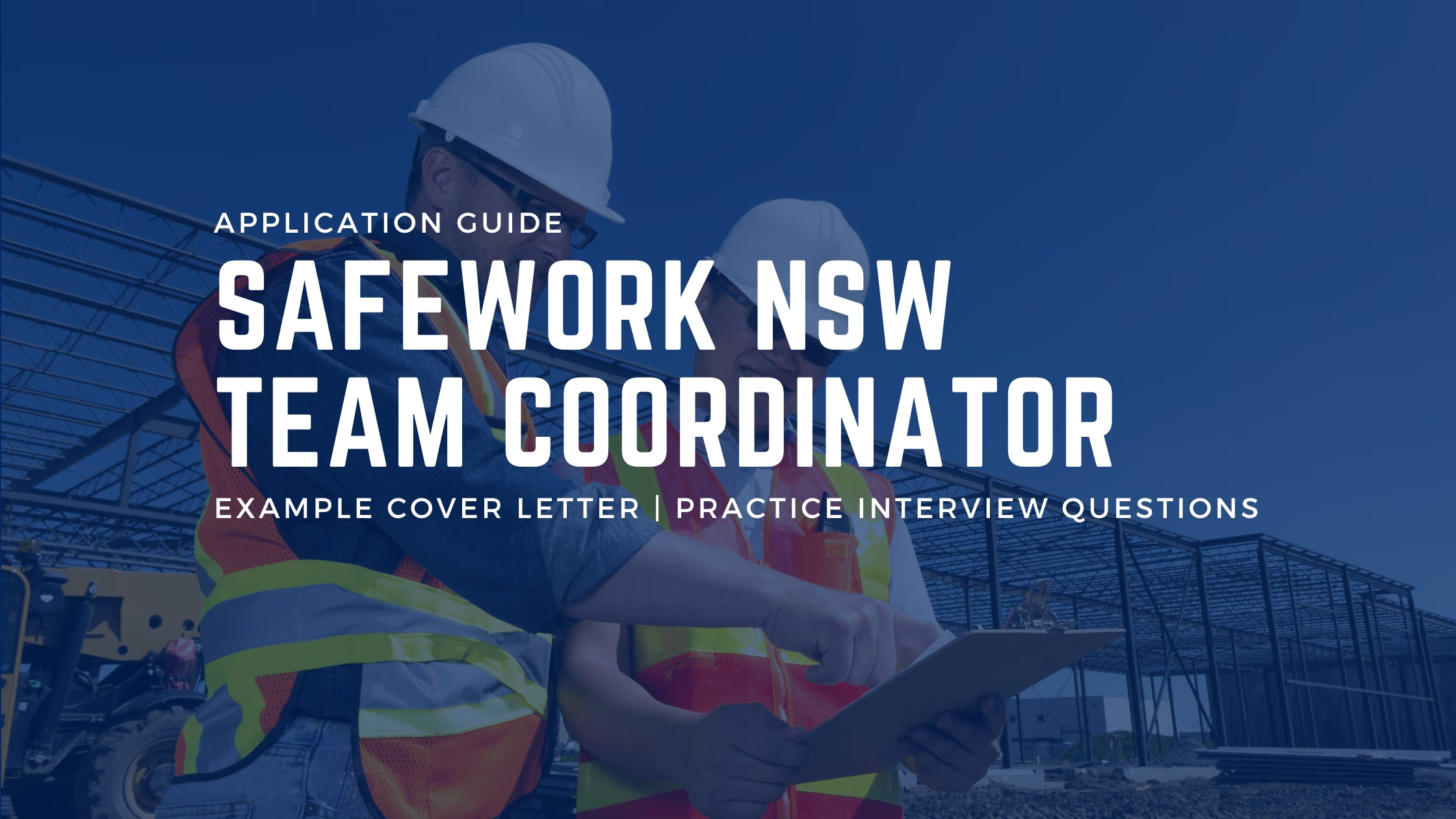Have you ever pictured yourself as the crucial link between someone in distress and the help they urgently need? That’s exactly what a NSW SES Communications Officer does: turning a moment of panic into proactive coordination. In this guide, we’ll show you how to stand out in your application—complete with an example cover letter and insider tips.
Table of Contents
Great Opportunity to Join a Volunteer-Based Emergency Service as SES Communications Officer
The NSW SES Communications Officer role centres on delivering front-line assistance to communities across New South Wales during emergency events. From floods to storm operations, you’ll manage incoming calls, coordinate rescue efforts, and collaborate with a predominantly volunteer-based workforce. This position offers the chance to work in a fast-paced, 24/7 environment where strong communication skills, calm decision-making, and a passion for community service are essential.
| Position Title | NSW SES Communications Officer (Clerk Grade 1/2) |
| Organisation/Entity | NSW State Emergency Service |
| Job Location | Wollongong & South Coast Region |
| Work Type | Casual (Talent Pool also created) |
| Base Pay | $46.30 – $50.33 per hour plus loading |
| Closing Date | 27 January 2025 at 11:59 PM |
NSW SES Communications Officer Details
The NSW SES Communications Officer is a critical member of the State Operations Centre, charged with answering and triaging incoming calls for help around the clock. You’ll work closely with volunteers who respond to emergencies like floods, storms, and other rescue scenarios. The NSW State Emergency Service (NSW SES) is a volunteer-based organisation committed to saving lives and building safer communities across the state. This particular role involves monitoring multiple communication systems, updating important logs, and following Standard Operating Procedures (SOPs) to ensure swift, coordinated action.
As part of a volunteer-based emergency service, the NSW SES fosters a sense of teamwork and community impact. The department’s mission focuses on delivering fast, effective assistance during life’s toughest moments—whether that’s a rising flood or widespread storm damage. By joining, you’ll gain a unique opportunity to engage in critical decision-making and develop new skill sets essential for emergency response in the public sector.
Working on a 24/7 rotating shift can be both an exhilarating and demanding experience. You’ll need to balance shifting schedules, high call volumes, and the urgency of emergency situations with accuracy and composure. The real challenge lies in remaining calm under pressure, ensuring each call is documented efficiently, and directing the most appropriate resources to people in need. Additionally, adeptness with computer systems and swift typing skills are essential because you may be required to log data, navigate multiple software applications, and monitor real-time incident updates all at once.
Reasons Why You Might Want To Be A NSW SES Communications Officer
Embarking on a career as an SES Communications Officer offers a compelling hourly rate, and much more. It is an opportunity to transform your customer service abilities into life-saving support. Consider these benefits when applying:
- Competitive Hourly Rates: Earn between $46.30 and $50.33 per hour (plus shift loadings), reflecting the significant responsibility and expertise required for the role.
- Shift Loadings: Enhance your earnings with additional pay for shift work:
- Day Shift: At or after 6am and before 10am – 5% loading (applies to a minimum 7-hour shift).
- Afternoon Shift: At or after 10am and before 4pm – 12.5% loading.
- Night Shift: At or after 4pm and before 6am – 15% loading.
- Multiple Roles Available: Joining this recruitment pool increases your chances of securing a temporary or ongoing role. With several positions on offer, your activation from the talent pool is more likely.
- Fast-Paced Environment: Perfect for those who excel in real-time problem-solving and thrive on dynamic, high-pressure tasks.
- Community Impact: Contribute to a well-known organisation within the NSW Public Sector, opening doors to further opportunities in emergency service agencies or other public sector roles.
Application Requirements for NSW SES Communications Officer
Application Process
In the NSW Public Sector, your application must be tailored to highlight how you meet the essential requirements and how you could excel in the role. In this case, your application should include:
- Cover Letter (1 page): Summarise your motivation and speak directly to the key responsibilities and essential requirements.
- Targeted Questions (up to 1 page each): You must respond to the following questions as part of your submission:
- Describe a work situation where you have been under pressure to resolve a complex customer issue. What were the communication challenges you faced and what strategies did you use to resolve the issue?
- Provide an example of how you have applied different computer applications concurrently in the workplace, during a time critical situation. How did your actions support the task completion?
- Updated Resume (max 4 pages): Outline relevant skills, experience, and achievements that align with the role.
To effectively address the two target questions, I recommend structuring your application in a Word document as follows:
- First Page: Your cover letter.
- Second Page: The first target question and your detailed response.
- Third Page: The second target question and your detailed response.
This clear and organised format ensures your application is easy to navigate and professionally presented. You can submit it as a word document or PDF.
Shortlisted candidates will also need to be available for an initial full-time training block spanning two weeks in March 2025, followed by four 12.5-hour shifts, typically within the following two-week period. This training is paid and delivered at State Headquarters in Wollongong, so ensure you can commit to this schedule before applying. Make sure you complete your application before 27 January 2025 at 11:59 PM.
Essential Role Requirements
The most important aspect of your application is to make sure you address all of the essential role requirements.
To stand out for this role, you’ll need to clearly demonstrate to the hiring manager that you meet the following requirements:
- Qualifications: Hold a PUA33012 Certificate III in Public Safety (Emergency Communications Centre Operations) or demonstrate the ability to obtain it within 12 months.
- Relevant Experience: Proven experience working in a communications centre environment.
- Flexibility: Availability to work on a rostered basis outside standard business hours, including during operational events.
- AIIMS Knowledge: Comprehensive understanding of AIIMS principles and processes, or a willingness to become proficient within 12 months.
Additionally, ensure you address these key elements from the job advertisement:
- Mandatory Training: Availability to complete a two-week intensive training course, which includes assessments.
- Technical Skills: Proficiency in touch typing, familiarity with Windows-based applications, and a demonstrated ability to quickly learn new systems.
- Clear Communication: Strong verbal and written communication skills, especially in high-pressure or emotionally charged situations.
- Calm Under Pressure: The ability to stay composed, logical, and effective during emergencies.
- Teamwork and Independence: A proven ability to collaborate with others while also managing tasks independently.
By addressing these points comprehensively in your application, you’ll position yourself as a strong candidate for the role.
Understanding and Addressing Focus Capabilities
The NSW Government uses the NSW Capability Framework to define the key skills, knowledge, and abilities required for public sector roles. By reviewing the focus capabilities listed in the role description, you can strategically align your application to the job’s needs. Reference them in your resume and cover letter, showcasing how your past experiences match the Communication, Self-Management, and Relationship Management capabilities required. This proactive approach helps demonstrate your readiness to face the challenges of an emergency operations environment.
Application Checklist
| Task | Completed? |
|---|---|
| Prepare 1-page Cover Letter | |
| Answer Targeted Questions (1 page each) | |
| Attach Updated Resume (max 4 pages) | |
| Review Focus Capabilities & Role Description | |
| Submit Application Before 27 Jan 2025 |
Candidate Profile
Meet Pat, a dedicated customer service professional with experience handling high-pressure situations in a retail call centre. Intrigued by the sense of purpose and urgency in emergency service roles, Pat is applying to become an NSW SES Communications Officer to channel their communication skills into a greater cause. Driven by a passion for community well-being and excited about mastering new technologies, Pat is ready to contribute to the NSW SES mission of saving lives and creating safer communities.
Example Cover Letter for NSW SES Communications Officer
Dear Hiring Manager,
I am excited to apply for the position of Communications Officer with the NSW State Emergency Service. With my background as a dedicated customer service professional, coupled with my experience handling high-pressure situations in a retail call centre, I am eager to channel my communication and problem-solving skills into a role that directly contributes to the safety and well-being of our community.
In my current position as a call centre operator, I faced daily challenges that tested my ability to respond to urgent, often emotional, customer requests. One such Situation involved a customer who had missed a flight due to a booking error, resulting in significant financial and logistical difficulties. My Task was to resolve the issue as swiftly as possible, calm the customer, and find a solution that fit their needs. The Actions I took included quickly accessing and updating multiple reservation databases, collaborating with airline representatives, and offering alternative flight options. The Result was not only a resolved issue but also a satisfied customer who expressed gratitude for the empathetic support during a stressful time.
Another example that highlights my suitability took place during a recent severe weather incident. I was part of a small team that remained on-site to process incoming calls for service disruptions. The Situation escalated when our automated system temporarily went offline in the midst of a surge in call volume. My Task was to maintain accurate call logs, address customer inquiries about safety precautions, and keep my supervisors informed. The Action I took involved quickly switching to a backup manual system, keeping vital details logged in a spreadsheet while we re-routed callers to alternate lines. The Result was the continuity of customer service despite the technical issues. This experience not only tested my multitasking ability but also confirmed that I thrive under urgent and evolving circumstances.
I am particularly drawn to the opportunity to grow within this role, including obtaining the PUA33012 Certificate III in Public Safety (Emergency Communications Centre Operations) within 12 months. I am confident that my demonstrated ability to learn new systems, as well as my proficiency with Windows-based applications and touch typing, will ensure my success in this area.
Key qualifications and attributes I bring to the role include:
- Experience in High-Pressure Environments: My background in a fast-paced call centre environment has equipped me to make swift, logical decisions while balancing competing demands.
- Adaptability and Roster Flexibility: I am fully prepared to work on a rotating roster, including weekends, evenings, and during operational events, as required.
- Commitment to Learning: I have a thorough understanding of the importance of emergency frameworks like AIIMS and am enthusiastic about developing competence in these principles within 12 months.
- Strong Communication Skills: I excel at both verbal and written communication, even in emotionally intense situations, as demonstrated by my ability to resolve escalated customer issues with empathy and clarity.
- Calmness Under Pressure: I thrive in dynamic, high-stakes environments, maintaining focus and professionalism in moments of crisis.
I am also fully committed to participating in the two-week intensive training course and view it as an exciting opportunity to build upon my existing skills while immersing myself in the critical work of the NSW SES.
I am inspired by the NSW SES mission of saving lives and building safer communities, and I am eager to contribute my skills and passion to your team.
I have responded in detail to the two target questions. My answers are attached on the following pages.
Thank you for considering my application. I look forward to the opportunity to discuss how I can bring my dedication and experience to the Communications Officer role.
Kind regards,
Pat
NSW SES Communications Officer Target Questions: Example Answers
Target Question 1: Describe a work situation where you have been under pressure to resolve a complex customer issue. What were the communication challenges you faced and what strategies did you use to resolve the issue?
In my role as a Customer Service Representative at a busy retail call centre, I encountered a particularly challenging situation during the holiday rush. A system glitch caused delays in the processing of several hundred online orders. This led to a flood of frustrated customers reaching out to the call centre, many of whom were angry and anxious about their orders arriving in time for Christmas.
The communication challenges in this situation were significant. Customers were understandably upset, and many were too emotional to provide clear details about their issues. Additionally, the volume of calls overwhelmed the team, making it difficult to provide prompt responses to everyone. Furthermore, we faced incomplete or inconsistent information from the IT team regarding the timeline for fixing the issue, which added to the complexity of managing customer expectations.
To address these challenges, I employed several strategies. First, I focused on empathy and active listening to de-escalate the emotional tension. For each customer, I acknowledged their frustration, validated their concerns, and reassured them that resolving the issue was our top priority. Second, I implemented a structured communication approach, starting with gathering the necessary details, such as order numbers and delivery preferences, and providing a clear explanation of the next steps. Where possible, I set realistic expectations about when they could expect updates.
To manage the volume of inquiries, I collaborated with the team to establish a callback system for the most urgent cases. This allowed us to prioritise customers who needed immediate resolutions while reducing hold times for others. Additionally, I worked closely with the IT team to ensure I had the most accurate and up-to-date information, which I relayed to customers clearly and transparently.
By employing these strategies, I successfully resolved 95% of the customer issues I handled within 24 hours, earning positive feedback from both customers and management. This experience highlighted the importance of clear, empathetic communication, strategic planning, and teamwork in overcoming high-pressure challenges.
Target Question 2: Provide an example of how you have applied different computer applications concurrently in the workplace, during a time-critical situation. How did your actions support the task completion?
In my role at the retail call centre, I frequently used multiple computer applications simultaneously to manage customer inquiries and resolve issues, particularly during time-critical situations. One notable example occurred when a product recall was issued for a faulty item, and customers needed immediate assistance to arrange returns and replacements.
The situation required me to use several applications concurrently. I accessed the customer relationship management (CRM) software to retrieve and update customer records, while simultaneously using the order tracking system to verify purchase details and delivery statuses. I also consulted the company’s internal knowledge base to ensure I was providing accurate instructions for the return and replacement process. Additionally, I used a messaging platform to coordinate with my supervisor and colleagues in real time, ensuring that any updates or procedural changes were communicated promptly.
The time-critical nature of the task required me to stay focused and efficient while juggling these tools. For example, while speaking with a customer, I would quickly locate their order in the CRM system, cross-check their purchase details in the order tracking system, and provide them with specific return instructions based on the internal guidelines. If I encountered a question that required clarification, I used the messaging platform to get an immediate response from my supervisor without disrupting the flow of the conversation.
My ability to navigate these systems concurrently allowed me to process a high volume of inquiries within a short time frame. Over the course of the recall, I assisted more than 100 customers with returns and replacements, ensuring minimal disruption to their experience. This example demonstrates my proficiency with computer applications, my ability to multitask effectively under pressure, and my commitment to delivering timely and accurate service, even in high-stakes situations.
Explain the STAR Technique
The STAR technique is a structured method for discussing your experiences and achievements, commonly used in public sector applications. Here’s how it works:
- Situation: Describe the context of a particular challenge or task.
- Task: Explain your role or responsibility in that scenario.
- Action: Detail the steps you took and the reasoning behind them.
- Result: Highlight the outcome—ideally with measurable or tangible success indicators.
When applying for a role like the NSW SES Communications Officer, using the STAR framework helps you concisely demonstrate how you handle high-pressure situations, interact with stakeholders, and remain goal-focused. In the cover letter above, you can see how each example neatly illustrates the Situation, Task, Action, and Result, giving clear evidence of the candidate’s ability to manage emergencies or time-critical tasks.
Interview Preparation and Conclusion
Consider Volunteering with the NSW SES
If the role of NSW SES Communications Officer appeals to you, volunteering with the NSW SES could be a valuable step forward. Volunteering is open to everyone and offers direct experience of what it’s like to be part of a NSW public sector agency. You’ll gain deeper insights into the critical work of the NSW SES, develop practical skills, and significantly strengthen your application for this role.
You can read more about volunteering here.
Preparing for the Interview
Once your application succeeds, the interview is your chance to further showcase your crisis communication and organisational skills. The Capability Application Tool offered by the NSW Public Service Commission is a great resource for familiarising yourself with common questions and the types of responses expected. Below are three potential interview questions you might encounter:
- Describe how you stay organised when multiple urgent requests come in at once.
- Share a time you had to communicate with someone who was anxious or upset. How did you manage the situation effectively?
- Explain how you adjust to technological changes or new systems while maintaining workflow efficiency.
During the interview, highlight your calm demeanour, empathy, and willingness to collaborate. Emphasise how you’ve practised staying resilient and detail your strategies for adapting to unpredictable schedules and urgent requests.
Final Thoughts
Taking on a communications role within an emergency service is both challenging and immensely rewarding. By joining the NSW SES, you’ll be part of a team that steps up when communities need help most.
Approach your application and interview with thorough preparation, from understanding the NSW Capability Framework to articulating real examples of your resilience and customer service expertise. With the right focus on your experiences and a clear demonstration of your capacity to handle time-critical tasks, you’ll be well on your way to becoming an effective NSW SES Communications Officer.
